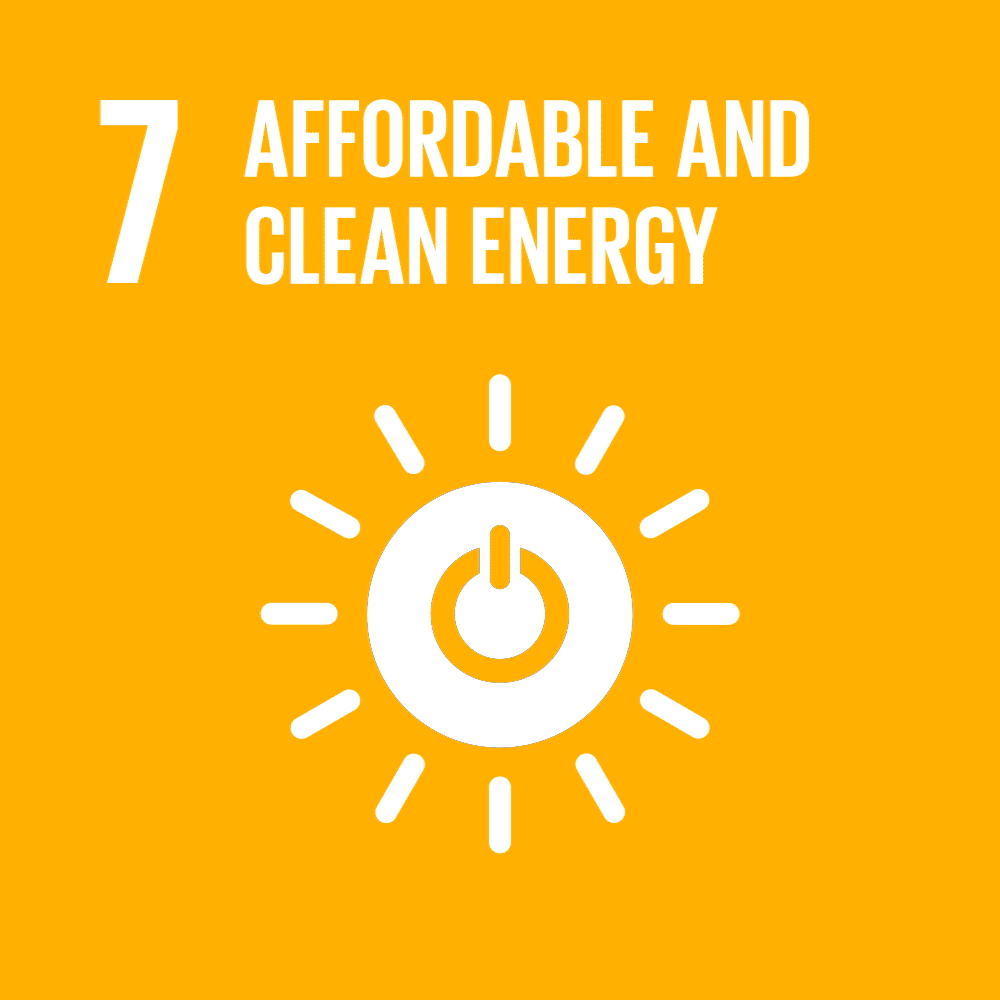+2348034099810 | dvcrti@unilorin.edu.ng dcredit@unilorin.edu.ng
Email: pmsdg@unilorin.edu.ng

OKONKWO, GODFREY NNAEGBO (17/68EO002)
IMPACTS OF SOLAR RADIATION AND ATMOSPHERIC CONDITIONS ON THE OUTPUT PERFORMANCE OF PHOTOVOLTAIC (PV) PANELS AT ILORIN, NIGERIA
February 2022
Interest in generating electric power using photovoltaic (PV) panels, is growing widely across Nigeria due to unstable and insufficient power supply from the national grid. However, the amount of power generated by PV panels at any given location, time and season, depends on the incoming solar radiation (INSOLATION) and the prevailing atmospheric conditions. Studies have shown that the output of PV panels varies from season to season. This study therefore aimed at assessing the performance of PV panels at Ilorin, Nigeria, during dry and wet months. The objectives were to: (i) measure INSOLATION level and the concurrent power generated by washed and unwashed PV panels; (ii) calculate the conversion efficiency of the panels; (iii) estimate the daily energy yield of the panels; and (iv) evaluate the impacts of PV panels’ temperature and atmospheric conditions on the power output, conversion efficiency and energy yield of the PV panels.
Two sets of two parallel-connected mono-crystalline PV panels rated 24 V 250 W each, were mounted on a 2 m high metal structure tilted 23° in a north-south direction and installed at the Department of Physics, University of Ilorin, Ilorin, Nigeria. A temperature sensor was attached to the backside of each panel-set to measure the temperature. One set of the panels was washed daily with water while the second set was left unwashed. Solar radiation received at the location and the output parameters of each set of PV panels were simultaneously measured and data-logged at one-minute intervals from 07:00 to 18:00 hours each day from January to September, 2020. The data obtained were analyzed to assess the performance of the washed and unwashed PV panels.
The findings of the study revealed that:
The study concluded that both atmospheric conditions and PV panels’ temperature have varying levels of impact on the PV panels’ output. Therefore, the study recommended that regular washing of PV panels be carried out to mitigate the effect of dust to ensure adequate output at all seasons.
ASSESSMENT OF GEOTHERMAL POTENTIAL OF THE ENTIRE BENUE TROUGH, NIGERIA FROM HIGH-RESOLUTION AEROMAGNETIC DATA
DOPAMU, Kehinde Oladele
(08/68EN001)
The monumental increase in energy demands due to population growth and the rise in global warming have sparked interest in the search for renewable energy sources. The Benue Trough region in Nigeria has been observed to exhibit warm springs, indicating the presence of geothermal energy as a viable renewable energy source. However, comprehensive data on the potential of geothermal resources in the area is lacking, which poses a challenge in identifying suitable locations for harnessing this energy.
The aim of this study was to determine the locations and geothermal potential of the Benue Trough using high-resolution aeromagnetic and aeroradiometric data. The objectives of this study were as follows:
(i) to evaluate the sedimentary thickness of the basin;
(ii) to estimate the Curie Point Depth (CPD);
(iii) to determine the geothermal gradients and heat flow;
(iv) to identify areas with favourable geothermal potential;
(v) to delineate the geological structures controlling the geothermal fluid; and
(vi) to obtain the radiogenic heat content of the prospective zones in the study area.
To achieve these objectives, high-resolution aeromagnetic and aeroradiometric data were obtained from the Nigeria Geological Survey Agency. Spectral analysis was applied to the aeromagnetic data to estimate the CPD, geothermal gradients, and heat flow in the subsurface of the basin. The analytical signal method and Source Parameter Imaging (SPI) were used to identify the geological structures and sedimentary thickness of the study area. Additionally, the radiogenic heat equation was used to obtain the heat produced by radiogenic sources from the aeroradiometric data.
The study’s key findings were as follows:
Based on these findings, the study concluded that the observed geothermal active zones have the potential to generate geothermal energy. Therefore, the study recommended that the identified hotspot areas should be considered for geothermal investigation and exploration.